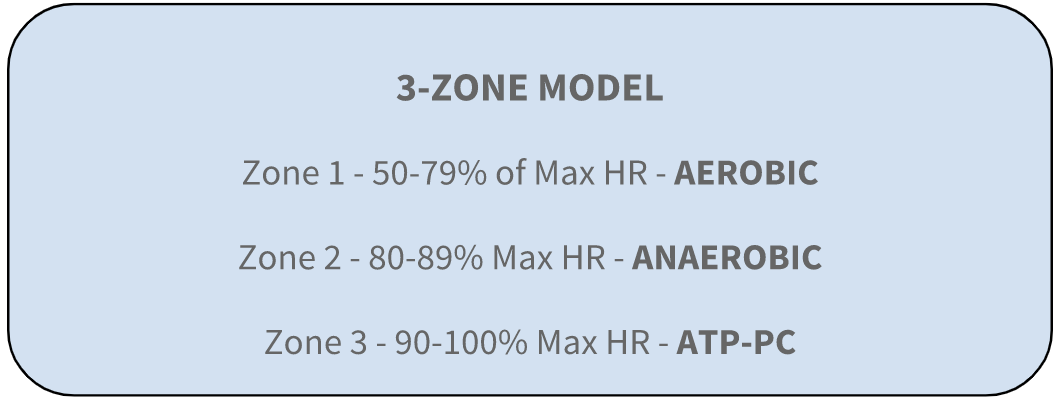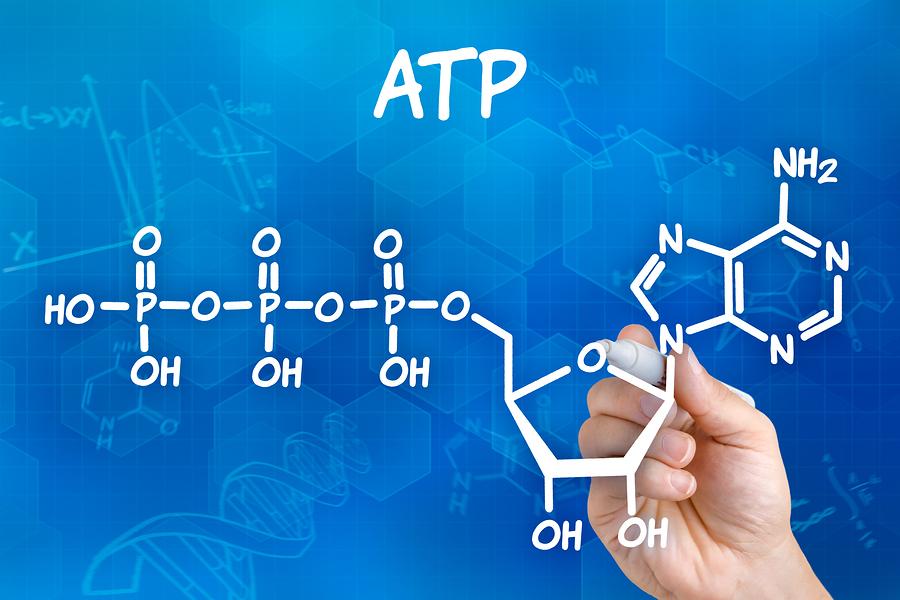Let’s cover the basics
You’ve all probably heard of anaerobic and aerobic systems. However, there is a third system called the ATP-PC system which is usually lumped in with anaerobic. All three systems produce energy in the form of something called ATP, but they produce it in different amounts and at different rates. The chart below explains the basics of what each system does.
| Time | Time to use | Fuel source | Example | |
| Aerobic | Long (extended) | Slow | Fat | Steady state ride |
| Anaerobic | Short (2 mins) | Fast | Carbs | Uphill climb |
| ATP-PC | Very Short (10 sec) | Immediate | Phosphocreatine | Sprint |
The details
While the names listed above are the most commonly used, there are some other names you might see. The anaerobic system is sometimes called the lactic acid system referring to the burning sensation you feel after about 30 seconds of high-intensity work. When you are using this system, your body is using something called glycogen (stored carbs) to fuel you. The byproduct of this fuel is that it causes lactic acid build up. However, you are working fast enough that your body doesn’t have time to clear it, and thus the burning feeling.
You may also see the ATP-PC system referred to as anaerobic alactic (without lactic acid). This system runs on something called phosphocreatine (PC) which is stored in the muscle. You only have limited amounts of PC stored – enough for about 10 seconds of very high-intensity activity. This is why we tend to slow down after only a few seconds of sprinting on the bike.
The main difference between the systems is how long it takes them to start producing energy and how long they can keep producing energy. If you need to move fast, your body will choose the fastest system. If you have time, it will use the aerobic system because it produces the most energy.
How to train them
Most cardio-based programs will have some form of speed, tempo, or effort rating attached to it. For example, you might have a coach ask you to run long distance if your goal is to develop your aerobic fitness.
So, the aerobic system is likely the energy system we are looking to target. If you are looking to train one specific system, you have to look at the intensity of your training. As mentioned earlier, if you want to work on your aerobic system, exercise has to be slow enough for you to maintain energy production.
Once you reach about 80% of your max heart rate, you will shift to anaerobic energy sources and rely on carbs more than fat because they break down in less steps.

If you don’t know what your max HR is, then you can calculate it using the formula below:
[ 211 – 0.64 x Age ]
Parting thoughts
One thing to keep in mind when trying to reach a target zone or energy system is that they don’t work independently. Rather, they work more like a dimmer switch. As intensity changes, one system contributes more than the others.
Regardless of your sport or training goals, it is worth your time to train all three systems. Training anaerobic energy systems will improve cardio capacity and having a well-developed aerobic system can speed recovery from high-intensity efforts.
About the Author
Alex Wetmore is the director of online coaching for Off The Mountain and earned his Ph.D. in sport physiology & performance from East Tennessee State University. Alex has worked with athletes at all levels from youth to Olympians. He uses his understanding of physiology to help others thrive, on and off the mountain.





